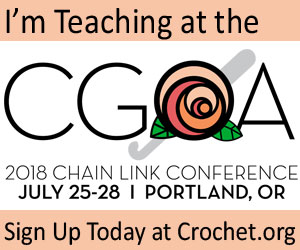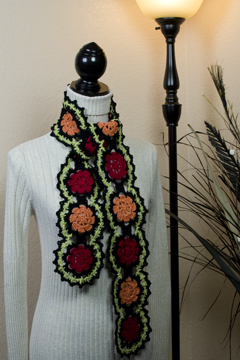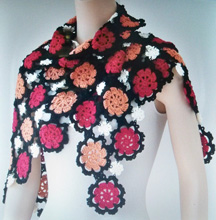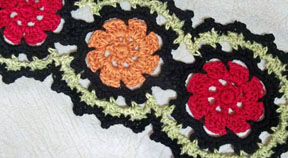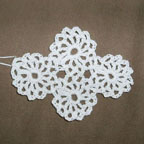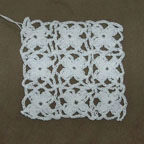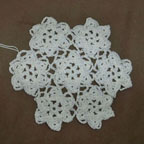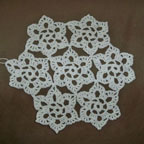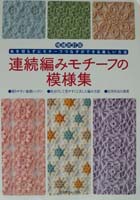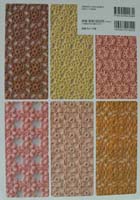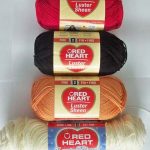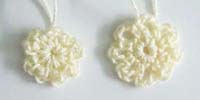Now that I’m back from teaching at the Interweave YarnFest in Loveland, CO last week, I thought I’d write a blog post about my next teaching engagement this year.
I’ll be teaching at the CGOA (Crochet Guild of America) Conference in Portland, Oregon from July 25-28, 2018! I always LOVE teaching at the CGOA Conference! There are so many lovely, friendly crocheters at the conference, both professionals and hobbyists! It’s great to meet new crocheters there and spend time with so many of the crocheters who attend every year (or almost every year)! I’ve been attending the CGOA Conference since 2003 and teaching there since 2009. It’s so much fun! If you’ve never attended, I hope this will be the year you make the decision to go and meet like-minded crocheters who all speak the same language of crochet!
To read all about the conference, check out the CGOA website here. To register for the conference, go to this page.
Here are the classes I’ll be teaching in July:
Wed, July 25, 6 – 9 pm:
SIMPLIFYING SYMBOL CROCHET
About the class:
Symbol crochet diagrams are much easier to read and follow than written crochet patterns. Once you learn symbol crochet, you’ll wonder what you ever did without it! You’ll learn what each symbol means, thus enabling you to read and understand symbol crochet diagrams from any pattern, even foreign crochet patterns with international crochet symbols! You’ll even try out your symbol crochet knowledge by making 2 small projects from symbol crochet charts in class. This class includes instructions on starting/working in the round and making motifs, both techniques found in the CGOA Masters of Advanced Crochet Stitches and Techniques program.
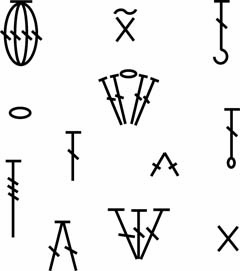
Thur, July 26, 9 am – 12 pm:
MULTIPLE MOTIFS
About the class:
Do you love the look of projects made with crochet motifs, but don’t enjoy weaving in all the ends? Then this is the perfect technique for you! With this method of crocheting motifs continuously, instead of separately, the number of ends is decreased dramatically, saving you time and energy! In this class, we’ll make continuous crochet motifs worked in joined rows. You’ll learn how to follow the necessary symbol crochet charts with this motif method. Once you’ve learned how to make many motifs using one continuous strand of yarn or thread, you’ll feel confident tackling any continuous crochet motif pattern.
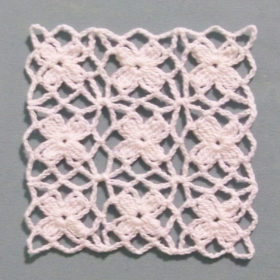
Fri, July 27, 9 am – 12 pm:
INVISIBLE REPAIRS
About the class:
Do you have a crochet project that’s gotten cut, torn, chewed, etc? Do you want to learn how to professionally repair it? Then this is the class for you! In this class, you’ll learn how to repair all sorts of crochet projects, replacing the “bad” stitches and making your repairs “invisible”! You’ll learn how to replace stitches and chain spaces in the middle of a row, locking the top of the new stitches to the bottom strands of the stitches in the row above. Your work will look as good as new! Learn how to bring your damaged crochet projects back to life again! This technique also works great to “invisibly” seam the first and last rows in a crochet cowl!
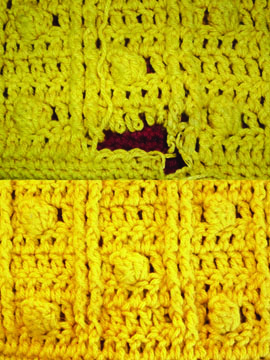
Fri, July 27, 2 – 5 pm:
BEGINNING BRUGES LACE CROCHET
About the class:
Bruges Lace Crochet mimics the decorative Bruges Lace made with bobbins in Bruges, Belgium. Bruges Lace Crochet is a fabulous technique and is easy to learn. In this beginning class, we’ll make several different styles of Bruges Lace, as well as curve the lace and join it to make circles, squares and triangles. Once you’ve learned the basics of Bruges Lace Crochet, you’ll be ready to tackle more complex Bruges Lace patterns. If you’re not a “threadie”, don’t fret! Bruges Lace isn’t just for thread crochet. It can be done with yarn, as well. Come and learn to make basic Bruges Lace in crochet.
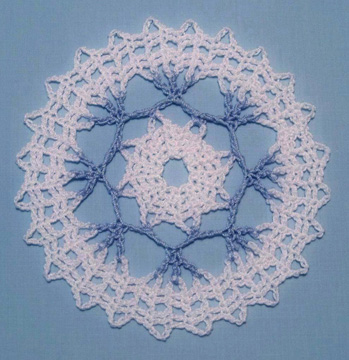
Sat, July 28, 2 – 5 pm:
Intermediate Bruges Lace Crochet
We’ll take Bruges Lace Crochet to the next level in this intermediate class. You’ll learn many more variations of the lace itself, more joining techniques, and how to curve the lace over itself for more variety. We’ll explore more intricate Bruges Lace designs and you’ll learn how to achieve them in this class. Prerequisite: Beginning Bruges Lace Crochet class should be taken before taking this intermediate class (or have knowledge of the Bruges Lace technique).
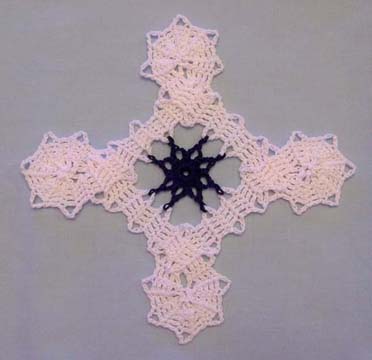
I’m excited to be teaching these classes. Last year, my Invisible Repairs class sold out and I was able to add a 2nd class for this “technique” of repairing crochet projects invisibly. This year, I’m teaching Multiple Motifs for the first time (this is also called Continuous Crochet Motifs, which I’ve blogged about before)! I always enjoy teaching Bruges Lace Crochet and Symbol Crochet!
I hope you’ll consider attending the conference. If you attend for the first time because of reading my blog, please stop me at the conference and let me know (or leave a comment below)!
If you’ve attended the CGOA Conference before, what do you enjoy most about the conference?
See you in Portland in July!
Happy crocheting,
Susan

